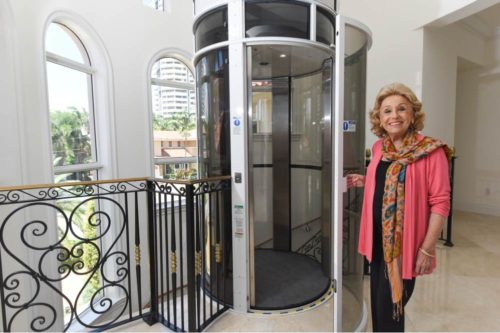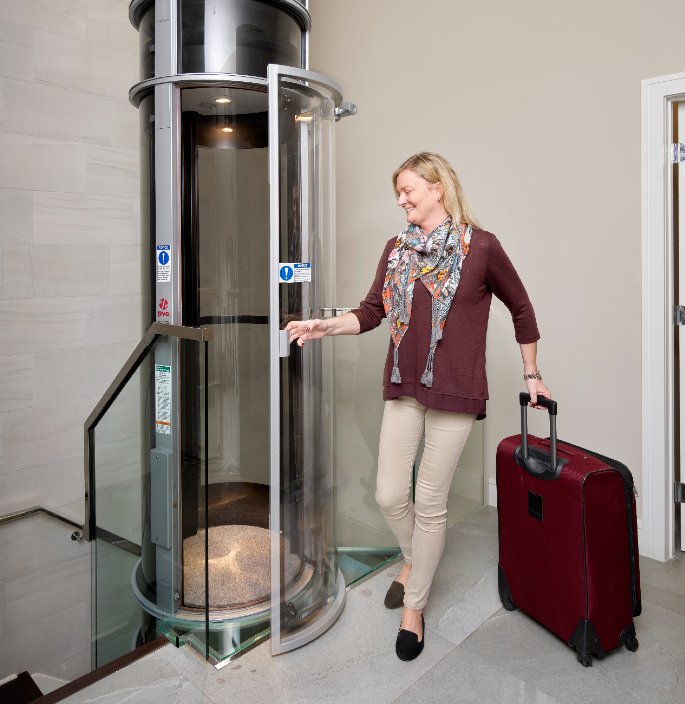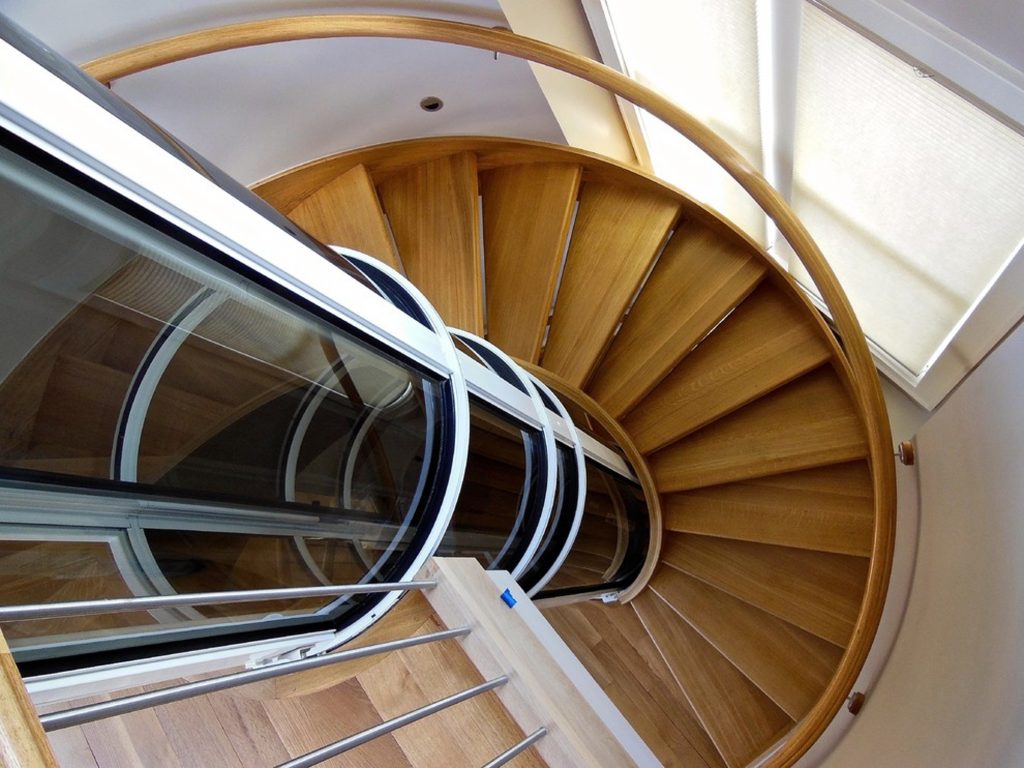As our loved ones age, ensuring their safety and well-being becomes a top priority. One innovative solution that has gained popularity in recent years is the installation of home lifts for the elderly. These devices not only enhance mobility but also offer numerous other advantages that can significantly improve the quality of life for seniors.
Why Choose Home Lifts for the Elderly?

Home lifts, commonly referred to as residential elevators, are designed with the specific needs of elderly individuals in mind. These lifts provide a convenient and efficient way for seniors to move between different levels of their homes, eliminating the need for strenuous stair climbing. Here’s why opting for home lifts is a smart choice:
ALSO READ: Home Elevators Benefits and Solutions
Enhanced Mobility and Independence
The primary benefit of home lifts for the elderly is improved mobility. Many seniors face mobility issues due to age-related ailments such as arthritis or reduced muscle strength. Home lifts allow them to move freely within their homes, reducing the risk of falls and injuries associated with navigating stairs.
Safety First

Safety is paramount when caring for elderly family members. Home lifts are equipped with various safety features, including emergency stop buttons, backup power systems, and non-slip flooring. These features provide peace of mind to both the elderly individuals using the lifts and their caregivers.
Convenience and Comfort
Imagine not having to struggle with carrying heavy groceries upstairs or avoiding certain parts of your home because of mobility issues. Home lifts eliminate these inconveniences, making daily activities more manageable and enjoyable for the elderly.
Increasing Property Value
Installing a home lift can also increase the resale value of your property. Many homebuyers consider the convenience and accessibility features offered by a home lift as a significant selling point. It’s an investment that can pay off in more ways than one.
Types of Home Lifts for the Elderly

Now that we’ve explored the advantages, let’s delve into the different types of home lifts available for the elderly:
Traditional Elevators
Traditional home elevators operate much like commercial elevators, with a cab that moves vertically between floors. These elevators offer ample space for a wheelchair or a caregiver, providing a comfortable and spacious ride.
Stairlifts
Stairlifts, also known as chairlifts, are a popular choice for homes with straight or curved staircases. These devices consist of a chair or platform attached to a rail, allowing the user to be transported up and down the stairs while seated.
Platform Lifts
Platform lifts are a versatile option suitable for both indoor and outdoor use. They can be installed on stairs or at entrances, providing easy access to different parts of the home. Platform lifts accommodate wheelchairs and are a great solution for seniors with limited mobility.
Through-Floor Lifts
Through-floor lifts offer discreet and convenient transportation between floors. They are particularly useful when a traditional elevator installation is impractical due to space constraints. Through-floor lifts seamlessly blend into the home’s interior design.
Key Considerations When Choosing a Home Lift
Selecting the right home lift for an elderly loved one requires careful consideration of various factors. Here are some essential points to keep in mind:
Mobility Needs
Assess the specific mobility needs of the elderly individual. Consider whether they require a wheelchair-accessible lift or if a seated lift like a stairlift would suffice.
Home Layout
Evaluate the layout of the home and the available space for lift installation. Some lifts may require modifications to the home, while others can be installed with minimal disruption.
Budget
Determine the budget for the home lift project. Prices can vary significantly depending on the type of lift, brand, and additional features. It’s essential to find a balance between cost and functionality.
Safety Features
Prioritize lifts equipped with advanced safety features. Ensure the chosen lift complies with safety standards and regulations.
Installation and Maintenance
Consider the installation process and ongoing maintenance requirements. It’s crucial to choose a reputable supplier who can provide professional installation and timely servicing.
Real-Life Success Stories
To illustrate the transformative impact of home lifts for the elderly, let’s explore a couple of real-life success stories:
Maria’s Story
Maria, a vibrant 78-year-old, had always cherished her two-story home. However, as her arthritis progressed, climbing the stairs became increasingly challenging. After installing a stairlift, Maria regained her independence and continued to enjoy her home without limitations. She often says, “My stairlift has given me the freedom to explore every corner of my house, just like I used to.”
Robert and Emily’s Experience
Robert and Emily, a retired couple in their 80s, were determined to age in place. They invested in a traditional home elevator that allowed them to effortlessly move between floors. Their grandchildren, who loved visiting, also found the elevator fascinating. The lift not only improved their daily lives but also created cherished family memories.
In Conclusion
Home lifts for the elderly are more than just functional devices; they are life-changing investments that promote independence, safety, and convenience. By carefully considering the individual needs, home layout, and budget, families can select the perfect lift to enhance the quality of life for their elderly loved ones. As we’ve seen through real-life stories, these lifts have the power to transform houses into homes, where aging gracefully becomes a reality. So, if you’re looking to make your home more accessible and comfortable for your elderly family members, consider the numerous benefits that home lifts can offer. Your loved ones’ well-being and happiness are worth every step of the way.






